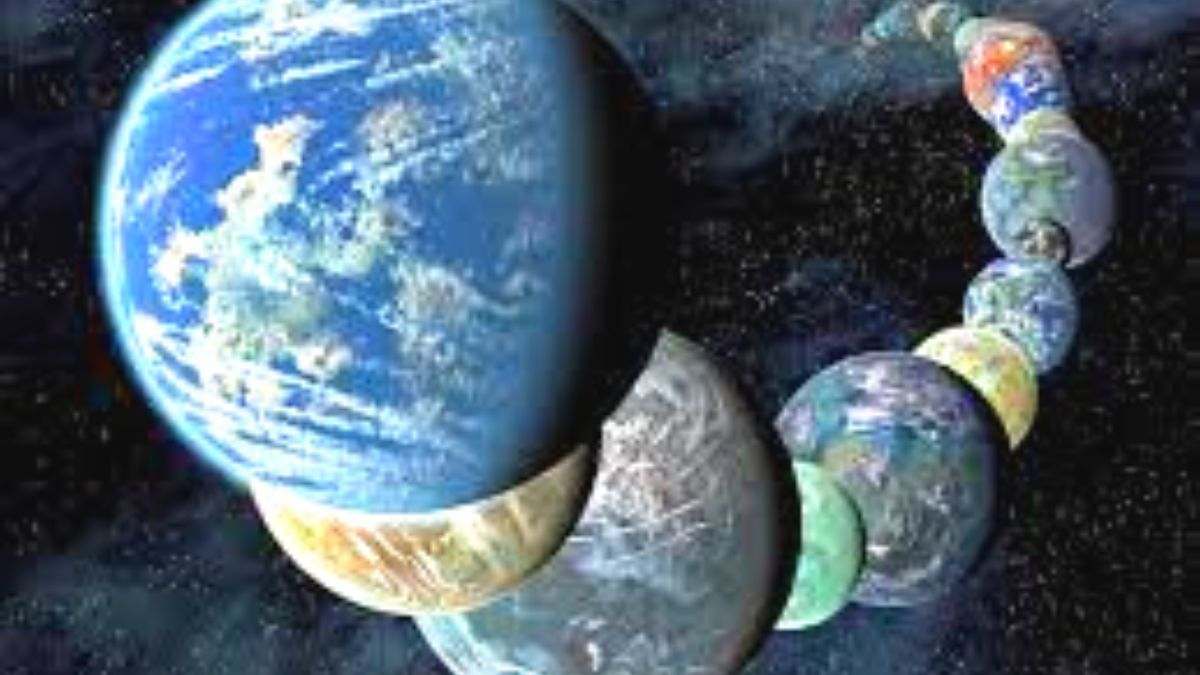
Humanity is always grateful for the blue planet but always looks to the sky with great hope to discover the unknown. We were never satisfied with just walking on land; we look up at the stars, the moon and the sun, with the dual purpose of admiring their beauty and learning more about these celestial bodies.
And when humanity shakes hands with science; The discoveries are amazing. Astronomers have tried and succeeded in understanding other objects in space. What interests astronomers and astronauts a lot is the search for planets similar to Earth in terms of resources and ability to sustain life. Luckily, in 2022, 200 new planets were discovered outside the solar system.
This paves the way for people to excel in the future.
The year 2022 has proven to be very rewarding and exciting for astronomers across the globe as they were able to discover 200 unique planets. Several newly discovered planets are ready for in-depth observations with the help of the James Webb Space Telescope, and many more.
At the start of 2022, the exoplanet catalog had fewer than 5,000 planets.
As the year comes to a close, the same category named habitable planets has a total of 5,235 exoplanets.
NASA is extremely proud. In one of its recent tweets, it said,
“We started the new year with fewer than 5,000 confirmed exoplanets. We finished with 5,235 known worlds. About 4% are rocky planets like Earth or Mars. The new year will bring What? More planets!”
Exoplanet categories to date range in different worlds, based on their characteristics and composition. These worlds include gas giants, rocky Earth-like worlds, and extremely hot Jupiter-like objects.
Not to be missed, the list also includes “super Earths”. These may be larger rocks than our own. Furthermore, this list also includes “mini- Neptunes”. These are smaller versions of Neptune in our solar system.
Planets discovered:
The most recent planet found in 2022 was HD 109833 b. This is a Neptune-like exoplanet. It orbits a G-type star. According to NASA, the mass of this Neptune-like exoplanet is 8.69 Earths. Furthermore, it takes a total of 9.2 days to complete one orbit around its star. This planet was found with the help of the transit method. This is because astronomers have observed the star and noticed its light dim every time an object appears in front of it.
In addition, astronomers also discovered two exoplanets orbiting a red dwarf star. This star is unlike any previously found and has a strange composition, making it extremely unique.
The two discovered planets are both filled with water. They are located in a planetary system 218 light-years away in the constellation Lyra.
These planets are one and a half times the size of our planet, Earth. They were discovered by NASA’s Kepler Space Telescope.
Categories: Optical Illusion
Source: pagasa.edu.vn